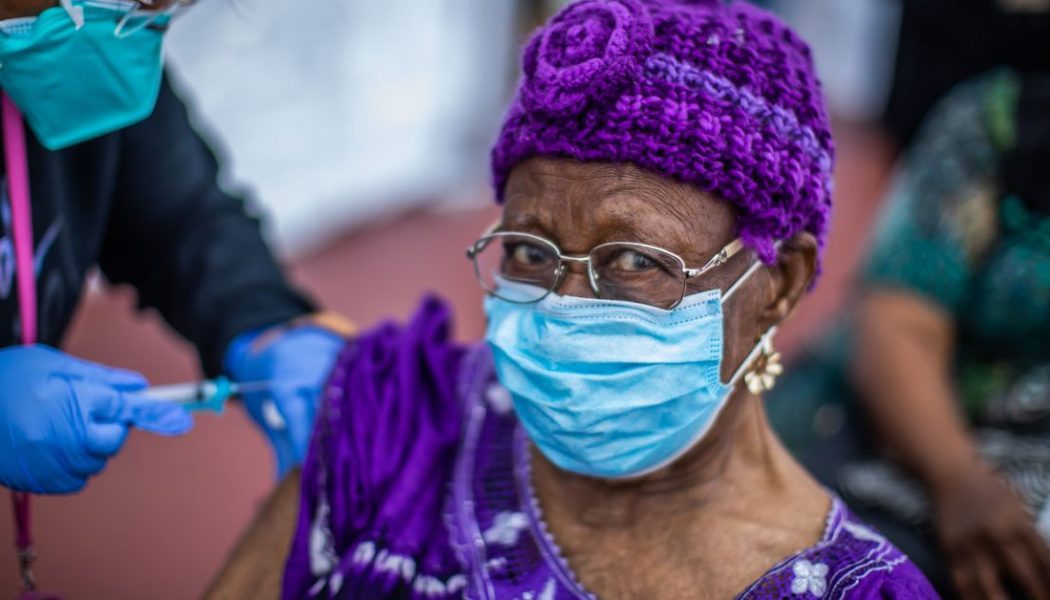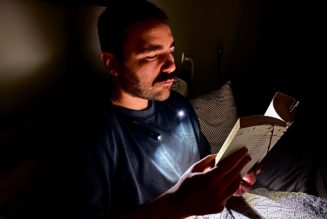
If you know where to look, you can see COVID-19 vaccines starting to save lives in the United States.
It’s not in the overall case numbers, though those have been steadily dropping across the United States for weeks. Epidemiologists say there could be a few reasons for that decline: we’re past the holiday seasons surge and people changed their behavior in response to the winter spikes. And by now, many people have antibodies against the virus because of a previous infection. But vaccines probably aren’t a driving factor in that drop — not enough people had been fully vaccinated against COVID-19 when the decline started, and vaccination rates are still relatively low.
Some groups of people, though, have high enough rates of vaccination that the benefits are starting to show. Connecticut was one of the first states to finish vaccinations in long-term care facilities and nursing homes. All residents who wanted a vaccine got their first dose by January 8th, and most were fully vaccinated by the end of January.
The impact was dramatic. At the end of 2020, around 400 nursing home residents in Connecticut were testing positive each week, and around 100 were dying. In the week ending February 2nd, when most were fully vaccinated, there were 101 cases and 35 deaths — down nearly 80 percent from the month before.
“I have to believe it’s having an impact,” Keith Grant, senior system director for infection prevention at Hartford HealthCare, told the Hartford Courant at the start of February. At that time, trends were just starting to show declines in nursing home cases and deaths. Since then, things have continued to improve.
Overall case trends in Connecticut are going down as well, which contributes to the decline in nursing homes. But the drop is steeper for that group than for the state as a whole.
Worth noting that COVID-19 cases have declined significantly across the state.
But the slope has been particularly sharp in nursing homes, where more than 90% of residents are vaccinated. pic.twitter.com/nxGvrSxD0l
— Alex Putterman (@AlexPutterman) February 18, 2021
Other groups of people in the US, including health care workers and other essential workers, are also starting to be fully vaccinated. The shots are already protecting them, as well. A team of researchers looked at around 30,000 vaccinated people with health records with the Mayo Clinic Health System, who the researchers noted should mostly be health care workers and residents in long-term care facilities. The rates of COVID-19 in that group started to flatten a few weeks after their first doses, while rates in a group of similar but unvaccinated people continued to climb.
These victories are still only in subsets of the population. But even though vaccinations may not be driving down overall case numbers quite yet, we could start to see their impacts on hospitalizations and deaths soon. Older adults, who are the most likely to be hospitalized or die from COVID-19, are among the first groups getting vaccinated across the country. Higher percentages of that group have received shots than in the population at large. As that number ticks up, hospitalizations could start to fall, even if younger people are still getting sick.
Experts point to the 75 to 80 percent threshold as the point when enough people would be vaccinated that the spread of COVID-19 would start to stall out. Still, the vaccines could start flattening overall trends in the US much sooner than that. One modeling study found that if even just 40 percent of the population is vaccinated, cases would fall and hospitalizations and deaths would drop by between 60 and 70 percent.
That isn’t showing up in the data quite yet, and it’s still critical to stick to the COVID-19 prevention measures that are actually driving the US case numbers down: masks, avoiding gatherings, and so on. But there are flickers of hope from the pockets where most people are vaccinated, and eventually, those will start to expand.










